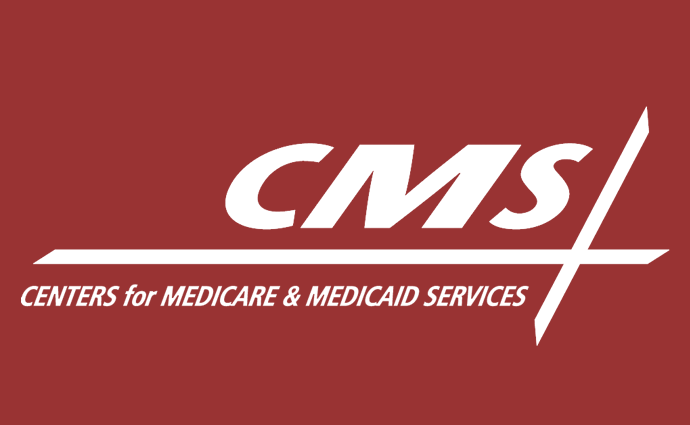CMS Finalizes MA and Part D Rates, Leaves ESRD Rule Unchanged
CMS anticipates a bump in revenue of approximately 1.66 percent due to the rate changes.

Source: CMS
- CMS has finalized its Medicare Advantage and Part D rates, including finalizing the disputed Medicare Advantage end-stage renal disease (ESRD) payment rule without changes.
CMS anticipates a slight uptick (1.66 percent) in revenue as a result of the new rate announcement, based on its changes to the reimbursement methodologies for Medicare Advantage organizations, PACE organizations, and Part D sponsors. The uptick does not account for the adjustments related to the underlying coding trend, which CMS anticipates will bump most risk scores by around 3.56 percent.
The finalized Medicare Advantage risk adjustment model followed the process outlined by the 2020 CMS-Hierarchical Condition Categories (HCC) model. Per the 21st Century Cures Act, CMS has to phase in the established risk adjustment changes over three years.
For contract year (CY) 2021, risk cores will be calculated as the sum of 75 percent of the risk score calculated with the 2020 CMS-HCC model and 25 percent of the risk score calculated with the 2017 model.
CMS has been increasing its reliance on encounter data to calculate risk scores, preferring encounter data over the former risk adjustment processing system. Thus, since CY 2015, CMS has been requesting more encounter data from Medicare Advantage plans.
For CY 2021, CMS will calculate risk scores using 75 percent encounter data and 25 percent risk adjustment processing system data.
To signify the difference between Medicare Advantage diagnosis coding and traditional Medicare coding, the agency made the minimal adjustment to Medicare Advantage coding patterns, applying an adjustment of 5.9 percent. That is as low an adjustment as regulations allow.
CMS also finalized the requirement to announce alterations and adoption of new payment and risk adjustment policies for the Medicare Advantage and Part D star ratings program.
Potentially the most controversial part of the finalized rule is the Medicare Advantage ESRD payment section.
ESRD affects nearly 750,000 Americans every year. The disease demands aggressive chronic disease management and invasive surgery.
The 2021 trend factor will be 4.04 percent for state-level reimbursement rates, instead of 2.8 percent as stated in the Advance Notice.
The finalized rule allows Medicare Advantage plans to side-step covering kidney acquisition for a kidney transplant, which will instead be covered by Medicare.
“It is disappointing that CMS did not make necessary changes to ensure adequate payment for the care of beneficiaries with end-stage renal disease (ESRD),” said Congresswoman Allyson Y. Schwartz, president and chief executive officer of the Better Medicare Alliance, in a written statement. Congresswoman Schwartz’s organization was outspoken against the continuation of old ESRD policies when CMS released the Advance Notice.
“Our advocacy work on behalf of this vulnerable patient community will continue,” she assured. “We ask that CMS monitor the enrollment and cost of care for ESRD patients in Medicare Advantage in 2021 and remain open to future changes to ensure that plans and providers have the resources to care for these medically-fragile beneficiaries.”
Although the administration has taken steps to prioritize chronic kidney disease care, payers were concerned that the payment to Medicare Advantage plans would not be sufficient to properly cover the costly treatment needs of this patient population.
The payment model calculates reimbursement based on statewide data, as opposed to county-level information, which causes significant problems. County-level information causes wide variation in treatment costs based on county and metropolis, a study published in December 2019 found.
As a result, 45 percent of city-dwelling Medicare beneficiaries with ESRD had costs related to ESRD that exceeded what Medicare Advantage plans will be able to cover.
The fear is that, should the problem persist, the failure to account for county-level variations will lead to significant out-of-pocket healthcare spending on the part of Medicare Advantage beneficiaries.
“We remain concerned with the methodology CMS proposes to exclude organ acquisition costs for kidney transplant from MA benchmarks. The magnitude of the cost carve-outs and the resulting impacts on premiums and benefits could be very significant in many urban areas,” wrote Matthew Eyles, president and chief executive officer of America’s Health Insurance Plans (AHIP) in the payer organization’s comments on the proposal.
The comments also applauded CMS’s efforts to increase competition in dialysis care delivery, the flexibilities for telehealth, the new specialty tier in Part D, and the bolstering of supplemental benefits.
Apart from the ESRD rule, AHIP indicated its reservations regarding the announcement’s limitations for dual eligible enrollees, the decision to eliminate “outliers” for star ratings, and what AHIP sees as an emphasis on patient experience over clinical outcomes in calculating star ratings.
